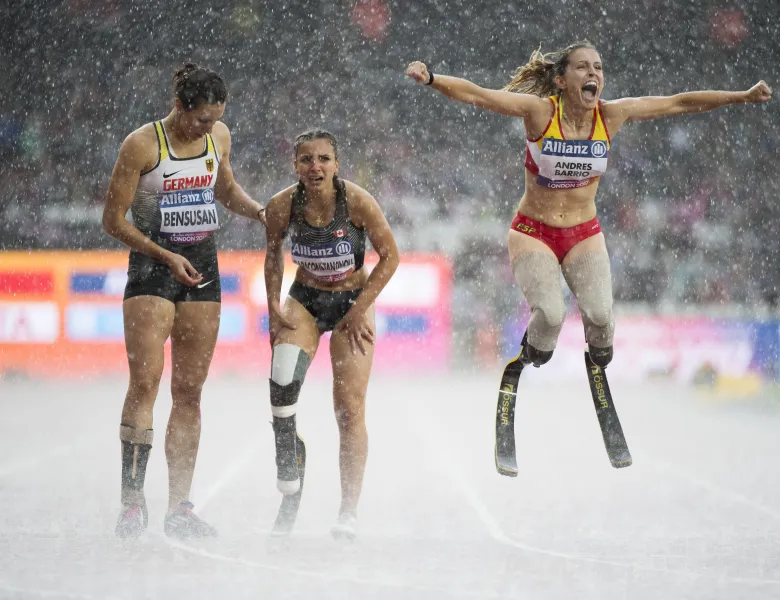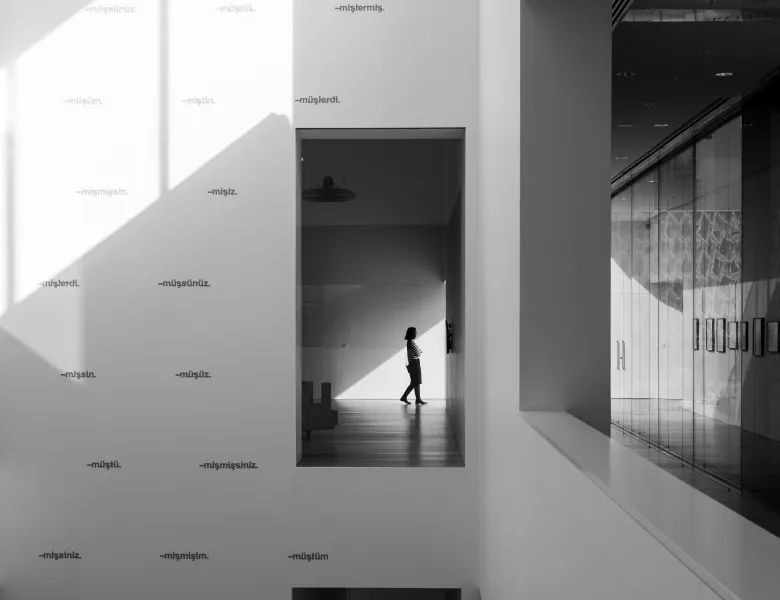Under review: Sunyoung Kim
Since 2010, Sunyoung Kim has been working for The Museum of Photography, Seoul (MoPS) as Curator in charge of exhibitions and international relations. Kim graduated with a Bachelor of Creative Arts at The University of Melbourne and received her MA in Art Theory from Korea National University of Arts.
She acted as co-curator for Brassaï, Koudelka, Giacomelli: Romantic Melancholy and Greetings from South Korea, presented in Jimei x Arles International Photo Festival 2019, 2018 respectively. She recently organised a show, titled The Centennial of Korean Art Photography 1920-2020, scheduled to be shown at The State Russian Museum and Exhibition Centre (ROSPHOTO) and The Lithuanian National Museum of Art in 2022.
Sunyoung Kim has also been responsible for the series of Korean Emerging Artist shows based upon the MoPS’s Portfolio Open Call since 2015. She co-published the book Performance, Politics of Body: Criticism and Meta Criticism. She answers our questions...
What was it that interested you to be on the judging panel for the Sony World Photography Awards Professional competition?
I recognised how extensively the Sony World Photography Awards has influenced and supported individual photographers over the last 14 years. Most of all, I am fascinated by its practical potential to multiply exposure of the winners’ compelling work.
Is there anything in particular that you hope to see during the Sony World Photography Award judging process?
I hope to see the creative images that evoke productive dialogues related to the photo medium, which can be shared regardless of geographical and sociocultural differences.
Do you have any advice for those applying their series (we ask for five to 10 images) to the Professional competition?
Even though the submissions require a small number of shots, I hope the series includes a complete story that has visual consistency and depth in a specific theme.
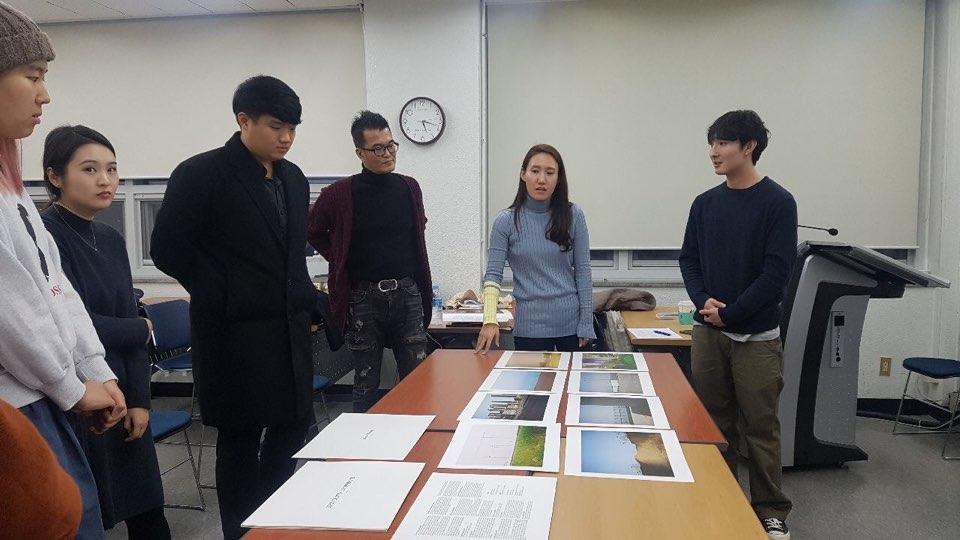
You see so many works by so many photographers – both emerging and established. What is it about a piece, a series or a project that excites you most?
It’s hard to pick one element, but it always excites me to observe how intensely artists build up their own worlds and verify themselves as being ‘photo artists’ in this chaotic art sphere.
As taking, sharing and viewing photographs has become second nature for many of us today, photography as an art form tends to gain its distinction from the glut of images online. Photo-based artists nowadays are forced to show more clearly ‘who they are’ and ‘what they can do with photography’.
I understand this is a challenging moment, but a vital cornerstone to let them step forward at the same time. I feel I am lucky to observe closely and share their struggles.
Since 2015 you've looked after the series of Korean Emerging Artist shows based upon the Museum of Photography Seoul’s Portfolio Open Call. In your experience working with cutting-edge artists, how would you describe photography today?
In this digital era, photography has become more flexible than ever before. Diverging from its physical nature, a photograph now exists and is seen more on the web. I would say, this is the time of ‘photography after photography’ in terms that digital technology brings about a radical change to the medium. It results in a fundamental change in how we communicate.
With this lightest-ever medium, artists do experiments and define how themselves interrelate with it. They question how we interact with photography, and how we define the medium. There is no definite answer, but artists are proliferating a lot more creative definitions.
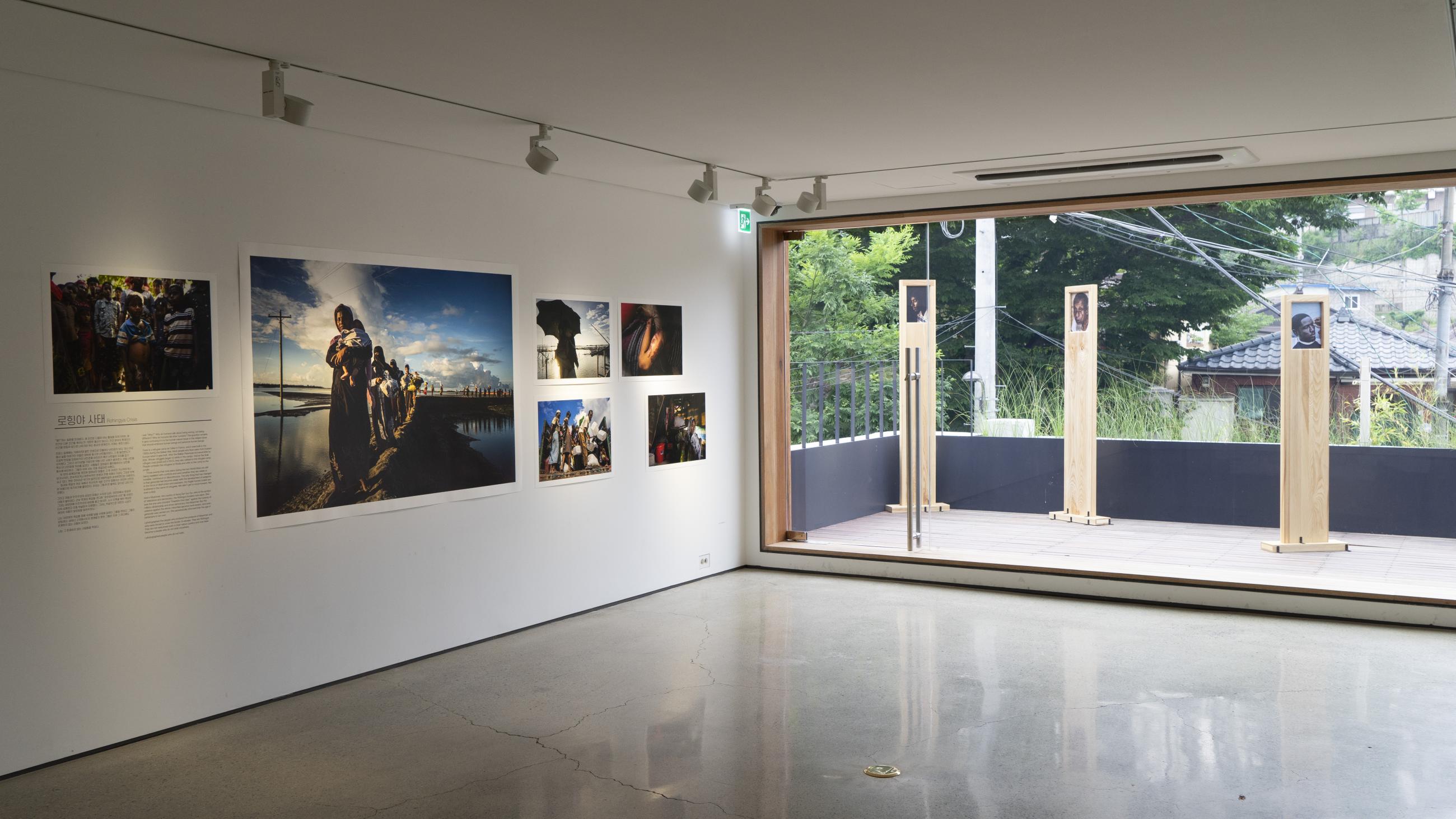
What do you feel you bring to the judging panel?
Enthusiasm for keeping lines of communication open.
During the judging process, you don’t see the name or nationality of the photographer, just the series description and the image. What are the advantages of anonymous judging?
You can more concentrate on how effectively the artists visualise their inner narratives.
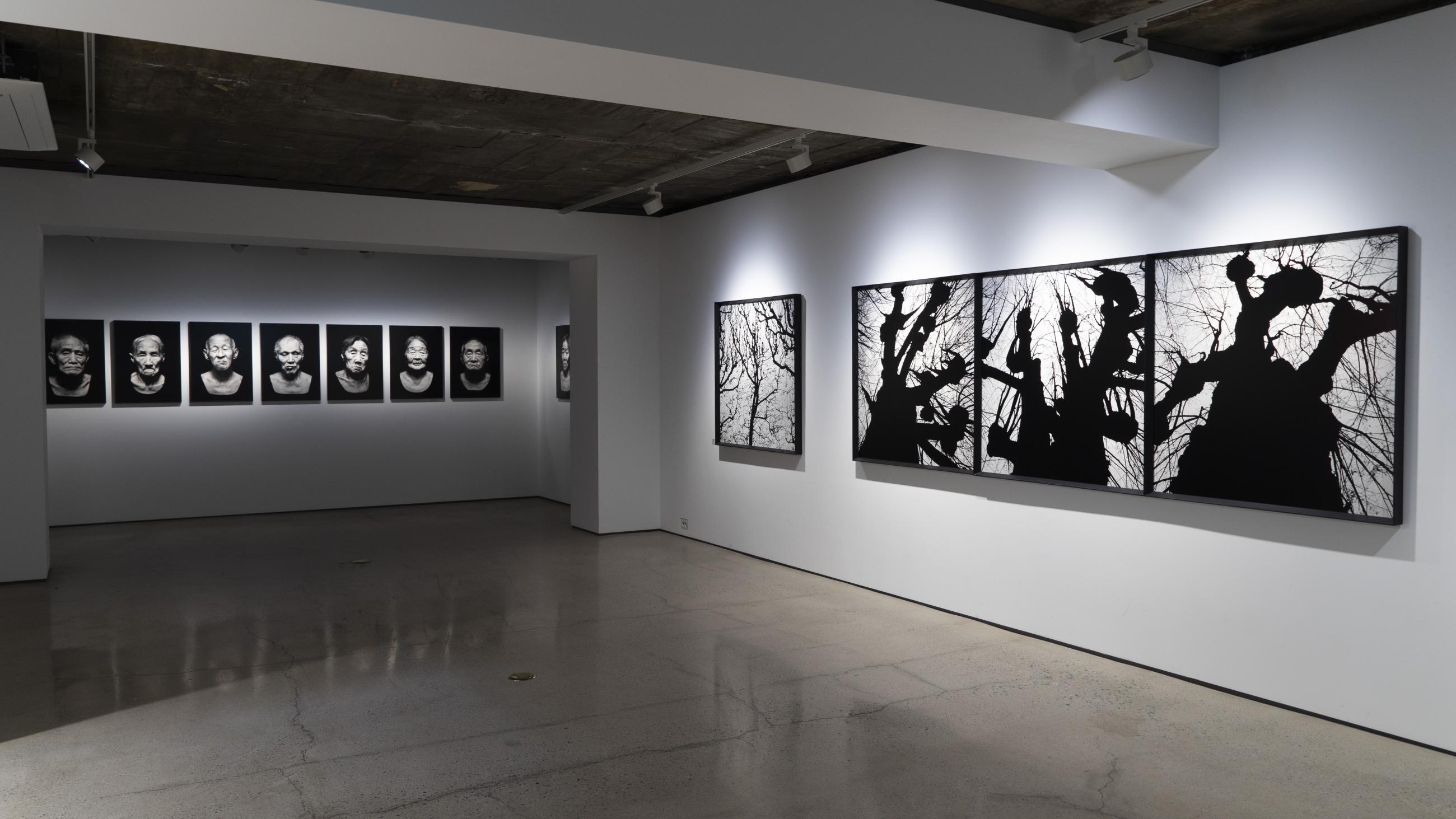
The jury panel for this year’s Sony World Photography is made of a variety of different voices from different backgrounds and from all over the world. Why is diversity within the judging panel important for competitions today?
Different viewpoints and interpretations of the judging panel would help the artists compose their own narratives more tolerant and in-depth. The feedback that has diversity could be of their expansive resources for building their own world.
ENTER YOUR BEST PHOTO SERIES TO THE PROFESSIONAL COMPETITION FOR FREE NOW!






